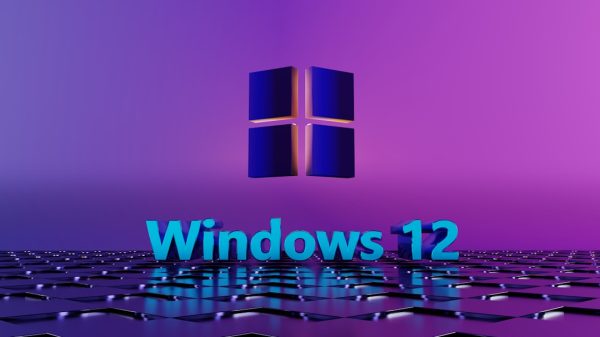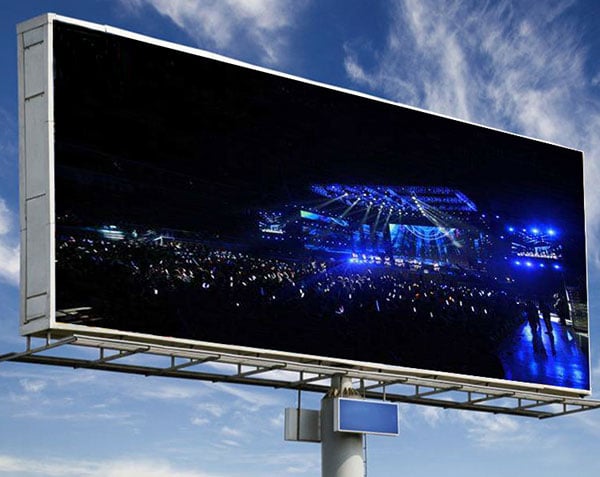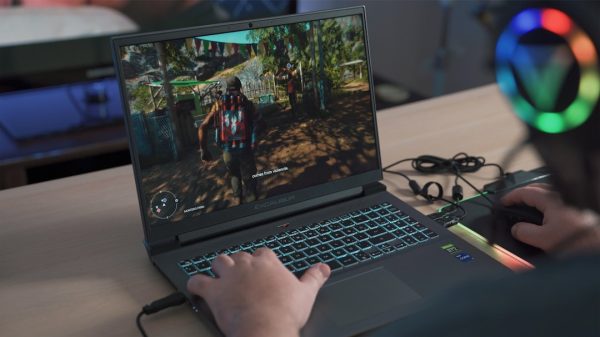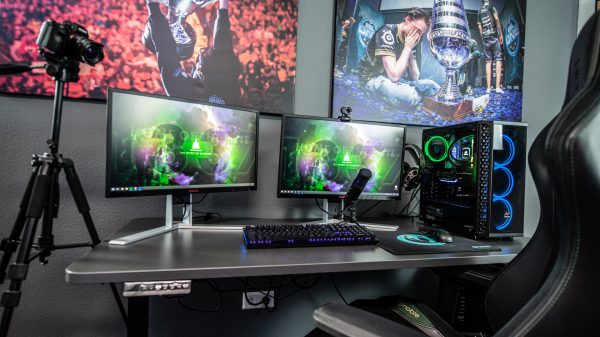The gaming industry is booming and advancements in technology continue to evolve and improve the experiences that gamers have when playing games. For many, gaming is a release – a way to relax, stay entertained and make time for enjoyment and distraction from busy day-to-day life.
Size and history of the gaming industry
Gaming is far from a modern experience, in fact evidence of people playing board games has been dated as far back as 3500 BC. During the 17th century, card games and simple board games like draughts were enjoyed around the world and by the 19th century these types of games began to be commercialised and mass produced.
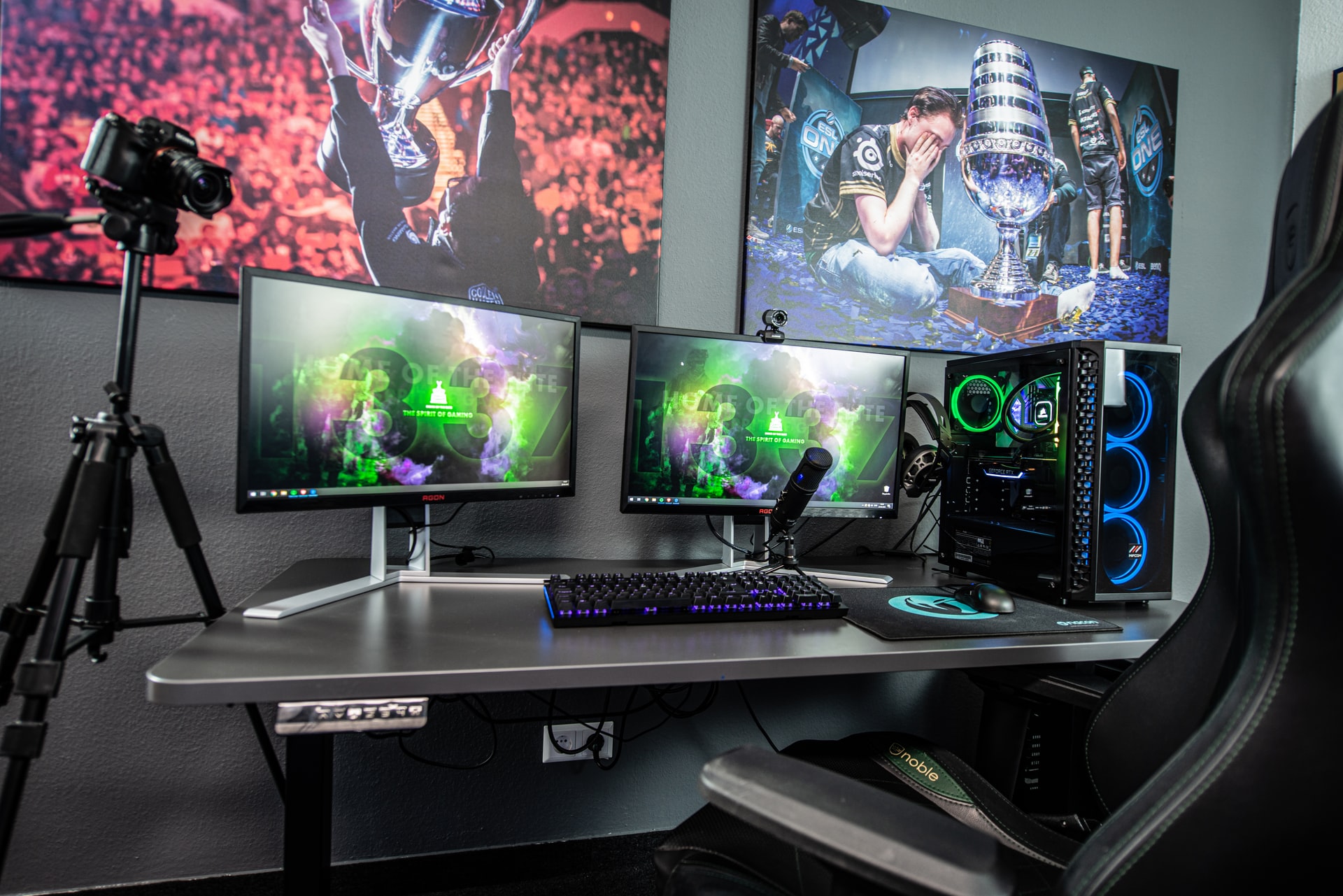
By the 1970s, electronic arcade gaming had become popular with games like Ping being the top choice. Soon after, console and computer gaming began to interest both adults and children around the world.
Over the last couple of decades, technology has revolutionised the industry and smartphones have enabled more players than ever before to find convenient and affordable gaming experiences. Gaming is worth an estimated $237 billion dollars and by the year 2026, the global gaming industry is set to be worth $321 billion US dollars.
Technology delivers convenience to gamers
Just a few decades ago, the idea of having a device in your pocket that could not only be used from instant communication and picture taking but also from playing thousands of different games was unimaginable. However, the development of high-quality, affordable smartphones with fast internet connections has made that a reality.
Previously, to enjoy a few rounds of poker or a game or two of slots, one would need to take a trip to a land based casino venue. However, you can now enjoy casino games online at sites such as Virgin Games from your smartphone, tablet or computer.
As with arcade-style games, playing casino games online gives the player a much wider selection of titles to select from. Many online gaming sites also have chat features, allowing you to connect and socialise with other players from around the world.
Players can now fit gaming into their busy schedule, whether that’s playing on your smartphone on the bus to work or on your laptop while relaxing at home, technology advancement has made gaming far more convenient and accessible to wider audiences.
Augmented reality as a gaming experience
Augmented reality or AR can be described as the link between real-life surroundings and digital game environments. As AR technology was developed, it was quickly incorporated into the gaming experience.

2016 marked a huge milestone in AR gaming with the release of the astoundingly popular AR smartphone game Pokemon Go. This remains one of the most successful mobile games in history and was downloaded by millions of players worldwide.
Three years after this success, the Harry Potter Wizarding World AR title was released on Android and iOS, allowing hardcore HP fans to cast spells and find magical creatures in the real world. Wizarding World was discontinued in 2022 but Pokemon Go is still available on app stores, the hype may have died down but it’s still popular with the large Pokemon following.
Other franchises including the Walking Dead and Jurassic World have had success with releasing AR titles. Most AR games on the market are adventure, RPG, first person shooter or sports titles.
AR games tend to encourage socialisation and collaborative gameplay, their 3D graphics imposed on real-life create a truly immersive player experience and does not usually require the purchase of extra equipment such as headsets or controllers.
Could cloud gaming be the future?
The cloud gaming market is one that is experiencing rapid growth. It is expected to exceed 60 million users and generate more than $5 billion US dollars by the year 2024. Using cloud gaming platforms, players can stream games from a remote server through their internet connection.
The player does not need to download the game to their device, this means they can be accessed instantly and the hardware requirements are often less restrictive. Xbox has a wide array of cloud gaming titles through their subscription service and Google Stadia and Amazon Luna also hold a place in the market.
One of the huge benefits to this gaming experience is accessibility and access to so many games. The subscription model helps to ensure avid gamers have a large selection of games they can access at a moment’s notice.
However, dropped frame rates and lagging can be an issue. Cloud gaming is becoming more of a reality for many with the rollout of 5G, however for those with unreliable internet connections, it is likely they will face drop-outs and poor reaction times in fast paced gaming titles.
As more cloud gaming platforms are released, their libraries grow and high-speed internet reaches more remote areas, it is likely that cloud gaming will become a more mainstream gaming experience.










